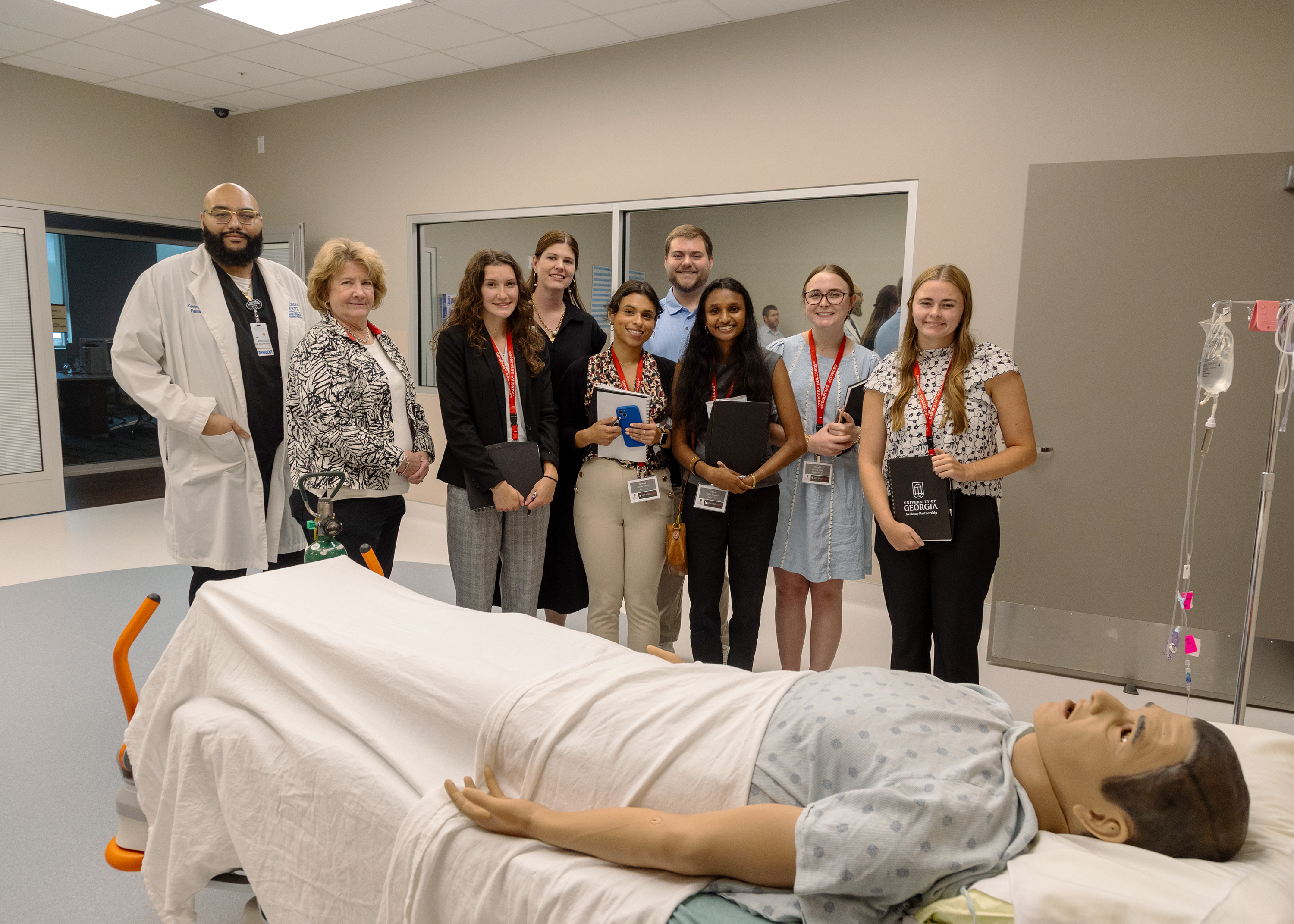DISTRICT MAP ADDED — EDITORIAL: What’s a district? What’s a post?
Published 1:47 pm Monday, November 4, 2019
When you deal with a condition frequently over time, you start to think everyone understands things about it that are not necessarily clear. You understand them because you work with them all the time. The Observer fell into this trap with its coverage of the City of Moultrie elections, and a phone call Monday morning brought it to our attention.
Voting on Tuesday is by district. People in District 1 will vote at Shaw Gym on Seventh Street Northwest. People in District 2 will vote at Meredith Gym on 11th Avenue Southwest. People in District 3 aren’t voting in this election; their councilwoman comes up for election in two years.
The caller didn’t know which district he was in. No one he talked to knew what district they were in. And when he looked it up online, the map was too small for him to pick out his address.
“And what’s a post, anyway?” he asked.
We have addressed in general terms which district is where, but we never got into the definition of a post, and it’s pretty important to understanding this election.
The Moultrie City Council consists of six council members plus the mayor. All serve four-year terms, but they’re staggered so that voters elect three council members in one year then two years later they elect the other three plus the mayor.
The mayor is chosen by all the voters in the city. Mayor Bill McIntosh is running unopposed this year, so that election has effectively been canceled.
The six council members each serve a post, numbered 1 through 6. Posts 1, 3 and 4 are up for election this year, and all three races are contested.
However, there are not six voting districts in the city. There are three, and they are different sizes.
District 3, which is southeast Moultrie, is represented by Post 6. It is the only district with a single council member. The other two districts are “superdistricts,” which contain more people than a regular district but which are represented by more than one council member. The math works out so that each council member represents roughly the same number of people, on average, but more than one council member may represent people in the same part of town.
District 1, which is northwest Moultrie plus part of southwest Moultrie, has about twice as many people in it as District 3, and it has two council seats: Post 1 and Post 2.
District 2, which is everything in the middle, from southwest to northeast Moultrie, has about three times as many people as District 3, and it has three council members: Posts 3, 4 and 5.
So in the current election, voters who live in northwest Moultrie and some who live in southwest will vote for the Post 1 seat and will cast ballots at Shaw Gym. Voters who live in southeast Moultrie won’t vote. And voters everywhere else will vote for both the Post 3 and Post 4 seats and cast ballots at Meredith Gym.
Why would the city do something so complicated?
Blame the Voting Rights Act of 1965.
The Voting Rights Act gave the U.S. Justice Department oversight over the way voting districts are drawn in the states of the former Confederacy. One of the department’s goals was to increase the number of minority elected officials, so while local governments drew the district lines, the Justice Department could reject them if the racial percentages of voters in each district did not meet a coverage formula. In other words, some districts had to be drawn to encourage the election of a black person, others to encourage the election of a white person, and some so evenly divided it could go either way — or else the Justice Department would reject the districts and the city would have to start over.
The City of Moultrie, like many other cities, had areas where a huge majority of the population was black, and other areas where a huge majority was white. It was hard to divide it up into six pieces that would meet the Justice Department’s criteria. But the superdistrict concept allowed the city council to fill its seats in accordance with the rules it had to work under.
That’s what will make the next few years so interesting.
In 2013, the U.S. Supreme Court struck down the coverage formula of the Voting Rights Act. Next year will be the first Census after that decision. When the Census Bureau releases the population numbers to use for redistricting, many of the limits prior councils faced in drawing districts will not apply.
We don’t think the new districts will be in place in time for the 2021 city election, but they likely will be when the council members being elected this year consider running for re-election in 2023. The new map might show only slight differences, or it might change the whole political landscape.
In the meantime, as a voter, if you don’t already know your district, call City Clerk Tina Coleman at (229) 668-0023. She’s the election superintendent and should be able to look up your district based on your address so that you’ll know where to vote on Tuesday.





